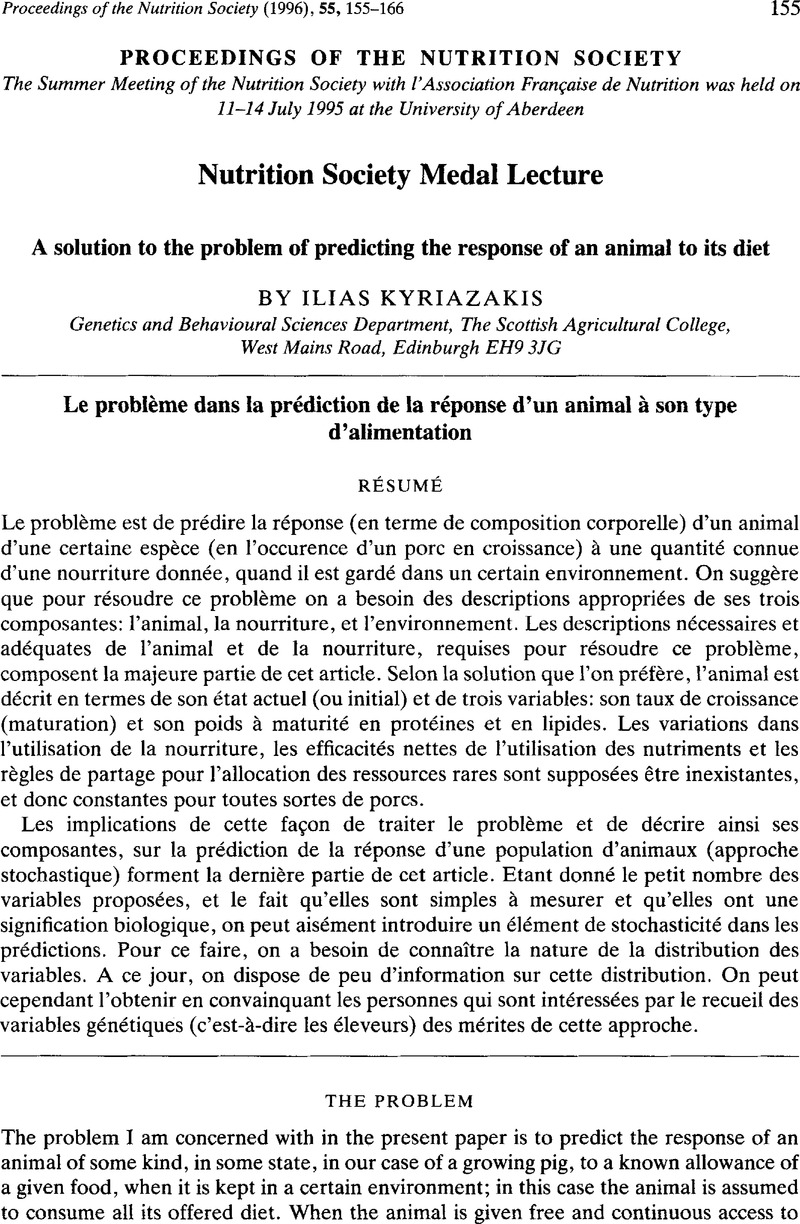de Lange, C. F. M. (
1995). Framework for a simplified model to demonstrate principles of nutrient partitioning for growth in the pig. In
Modelling Growth in the Pig 71–
85 Moughan, P. J.,
Verstegen, M. W. A.,
Visser-Reyneveld, M. I. Wageningen:
Wageningen Pers.
Google Scholar 